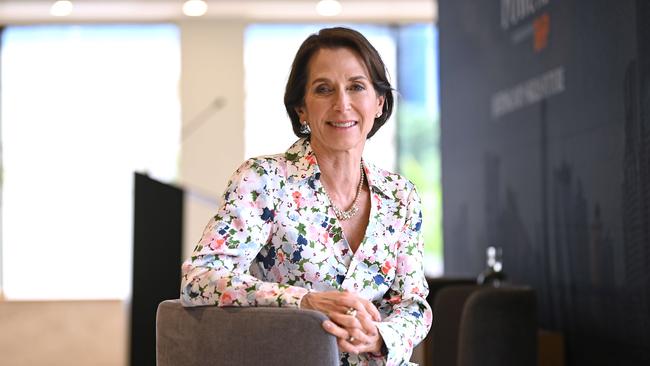Fewer flights mean airlines packing aboard passengers in record numbers
After two years of limited travel, Australian flights are at their fullest since records began 38 years ago.

New domestic aviation data shows almost 86 per cent of airline seats on every service were filled in July – although there were also fewer flights available.
The Bureau of Infrastructure, Transport and Regional Economics confirmed the industry wide passenger load figure of 85.8 per cent was the highest since records began in 1984.
When the domestic legs of international flights were removed from the figures, loads climbed to 85.9 per cent.
The previous highest of 84.5 per cent was recorded in October 2019, and also in October 2007.
At the height of Australia’s Covid-19 lockdowns in April 2020, industry wide load factors fell to 28.3 per cent.
Routes on which passengers were least likely to score an empty neighbouring seat were Cairns to Melbourne with an average load factor of 95.2 per cent, Gold Coast to Melbourne on 95 per cent and Adelaide to the Gold Coast at 94.6 per cent.
The statistics reflected strong travel demand combined with reduced airline capacity in the domestic market.

After exceeding pre-Covid levels earlier in the year, both major airline groups have cut back on domestic flights in response to high fuel prices and elevated rates of staff sickness.
Compared with 2019 data, there were 15 per cent fewer seats available in July 2022, but passenger numbers were down only 11 per cent.
In the months ahead, capacity was expected to remain under 2019 levels; Qantas forecast a return to 95 per cent of pre-Covid domestic flying by the end of the year.
Virgin Australia was also operating a reduced schedule but chief executive Jayne Hrdlicka recently told a business lunch that was likely to change soon.
“Flights are full, demand is high and we’re working very hard to make sure we can get more capacity back into the marketplace, especially for the Christmas holiday season,” Ms Hrdlicka said.
“We want to ensure that Australians can do whatever they would like to do over the holidays, and there’s plenty of opportunity to get a flight to the destination of their choice.”
The packed flights have created some tension among cabin crew, after numbers were cut from five to four on Boeing 737s during the Covid crisis.

Flight Attendants Association of Australia national secretary Teri O’Toole said the intense workload for crew was contributing to high rates of absenteeism due to sickness and fatigue.
“Virgin Australia crew can’t even get breaks because they have to clean the planes in the 30-minute turnaround window,” Ms O’Toole said.
International flights were also experiencing record passenger loads in and out of Australia due to capacity remaining at only half of pre-Covid levels.
BITRE data for July showed carriers such as Etihad Airways had virtually no spare seats on flights from Australia in the month and an average seat utilisation of 98.9 per cent.
The extraordinary figures helped explain why airfares were also climbing as even discounted tickets are at their highest since December 2007.
Other parts of the aviation industry were also riding the wave of demand, including charter flights which have continued to grow throughout the Covid-19 pandemic.
In July, charter operators carried 288,000 passengers – up from 278,600 a year ago – and 248,900 in July 2019.
Another area seeing striking growth was regional airports, where monthly passenger numbers recorded dramatic rises.
A 67 per cent increase in flight frequency by airline Rex to Wagga Wagga resulted in an 815 per cent leap in passengers through the airport, while Griffith recorded a 947 per cent increase on the back of extra Rex services.




To join the conversation, please log in. Don't have an account? Register
Join the conversation, you are commenting as Logout